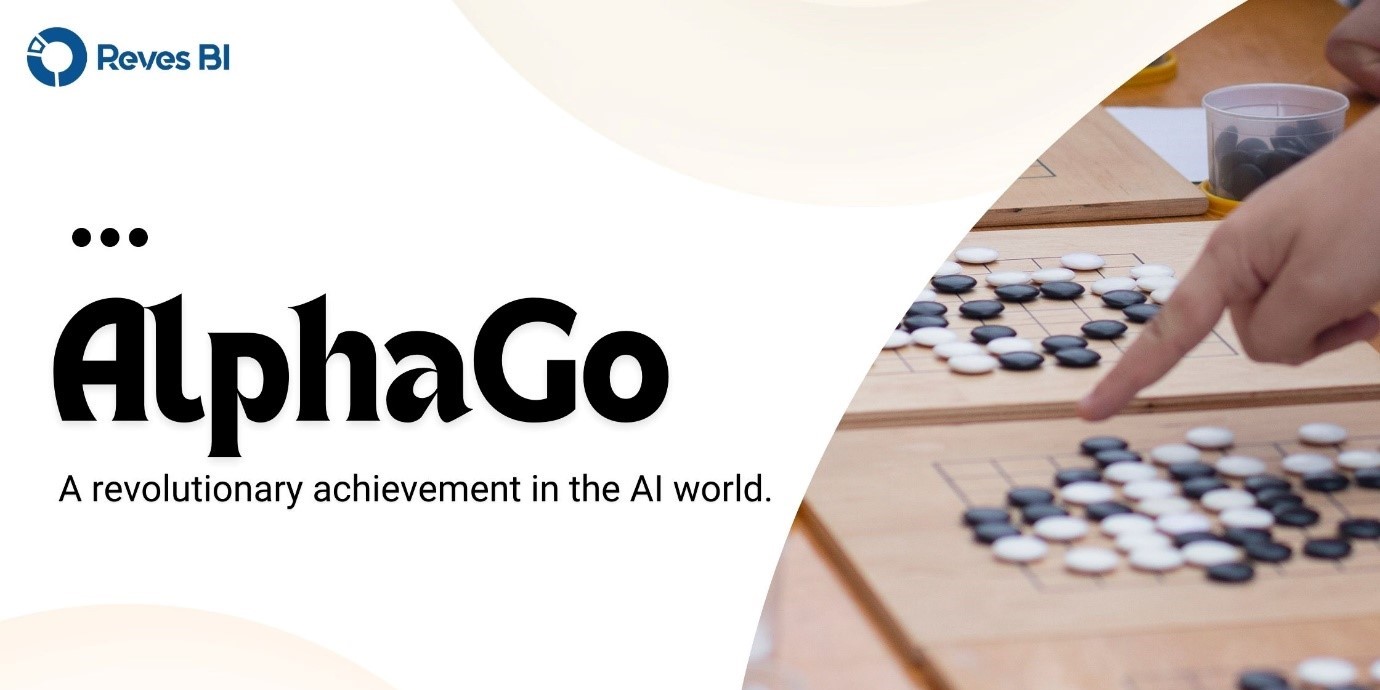In today’s digital age, educational technology (EdTech) is evolving at an unprecedented pace. Central to this transformation is the application of powerful analytics, which is reshaping how educators and institutions approach teaching and learning. By harnessing the power of data, these analytics applications provide actionable insights that drive improved outcomes and personalized experiences. Let’s explore some compelling examples of how analytics is revolutionizing the EdTech landscape.
1. Enhancing Student Performance with Learning Analytics
Learning analytics involves collecting and analyzing data from students’ learning activities to provide actionable insights for educators. By tracking performance on assignments, quizzes, and participation, these systems can identify students struggling with specific topics. This allows for timely interventions, personalized resources, and adjustments to teaching strategies, ultimately enhancing student outcomes and success.
Example: Schools implement an advanced learning analytics platform that tracks student performance across various subjects. By analyzing data from quizzes, assignments, and classroom interactions, the system identifies students who are struggling with specific topics. For instance, if a student is having difficulty with algebraic concepts, the system flags this and suggests additional resources and exercises tailored to that student’s needs. Teachers receive alerts about students at risk of falling behind, allowing for timely interventions, such as personalized tutoring sessions.
2. Adjusting Educational Content with Adaptive Analytics
Adaptive analytics adjusts educational content in real-time based on a student’s performance, learning pace, and preferences. By analyzing data, it tailors the difficulty and type of content to meet each student’s unique needs, ensuring a personalized and more effective learning experience.
Example: Schools with adaptive learning platforms adjusts the difficulty of coursework based on real-time student performance. For example, if a student excels in introductory computer science topics, the system automatically progresses them to more advanced material, while offering additional support and practice for areas where the student struggles. This dynamic adjustment helps keep students engaged and ensures they are challenged at the right level, promoting a deeper understanding of the material.
3. Tracking and Improving Outcomes with Student Success Analytics
The vibrant community of Education, Schools and Universities has been leveraging student success analytics to enhance graduation rates and student satisfaction.
Example: Some schools and universities implement a student success analytics tool that monitors various metrics, such as course completion rates, GPA trends, and engagement with campus resources. By analyzing this
data, the university identified that students who frequently visited academic advising offices were more likely to graduate on time. In response, the university launched a proactive advising program, reaching out to students who showed signs of academic distress. As a result, the institution saw a 15% increase in graduation rates and a notable improvement in student retention.

4. Understanding Student Interactions with Behavioral Analytics
In the dynamic realm of online learning, Behavioral analytics examines how students interact with educational platforms and content, tracking activities like login frequency, time spent on tasks, and participation in discussions. This data helps educators understand engagement levels, identify trends, and adjust strategies to improve student involvement and learning outcomes.
Example: Edtech companies integrate a behavioral analytics tool that tracks how students interact with online course materials, such as video lectures, interactive quizzes, and discussion forums. The data revealed that students who watched video lectures multiple times had better retention of the material. Additionally, the analysis showed that students who actively participated in discussion forums performed better in assessments. Armed with these insights, the academy redesigned its courses to include more interactive elements and encouraged more engagement in forums, leading to higher student satisfaction and improved learning outcomes.
5. Improving Operational Efficiency with Institutional Analytics
Institutional analytics uses data to optimize the efficiency and effectiveness of educational institutions, focusing on areas such as resource allocation, program evaluation, and strategic planning to enhance overall institutional performance.
Example: Institutes deploy an institutional analytics platform to analyze data on faculty workloads, facility usage, and budget allocations. The analysis revealed that certain classrooms were underutilized during peak hours, while others were overcrowded. The institute adjusted its scheduling to balance classroom usage and reallocated resources to underused areas. Additionally, the platform provided insights into faculty performance and departmental budgets, enabling the institute to make informed decisions about hiring and budget adjustments. These changes led to more efficient use of resources and a 20% reduction in operational costs.
Conclusion
The integration of powerful analytics applications in EdTech is transforming the educational landscape by providing valuable insights that drive personalized learning, enhance student success, and optimize institutional operations. From learning analytics that support individualized instruction to adaptive systems that tailor coursework to student needs, the examples above illustrate how data-driven approaches are making a profound impact. As technology continues to advance, the role of analytics in education will become increasingly pivotal, paving the way for a more effective and engaging learning experience.



